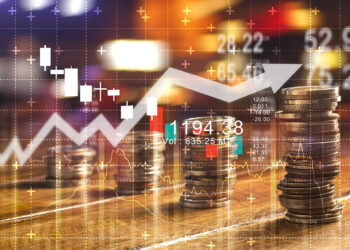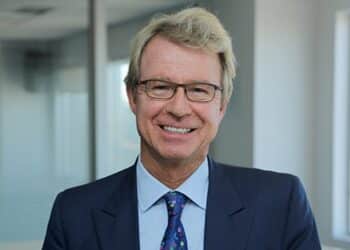Citi announced last week its short-term gold price target has increased to $3,500 per ounce, following renewed US tariff threats and elevated geopolitical and economic uncertainty.
The bank has said it expects the precious metal to trade between $3,100 and $3,500 per ounce within the next three months, up from its previous estimate of US$3,000–3,300 per ounce.
Gold demand, according to Citi, has reached record levels, with the investment bank noting: “Gold demand is firing on all cylinders, with approximately 0.5 per cent of world GDP currently being spent on gold, the highest in half a century of data.
“We believe this reflects a combination of high levels of uncertainty boosting investment demand and no actual recession (in India or China, in particular), supporting jewellery demand amid high prices.”
Citi has been bullish on gold since 2023, and had already raised its target to $3,500 in April 2025. That level was breached on 22 April, amid concerns over the independence of the US Federal Reserve.
As signs of de-escalation in trade tensions emerged – particularly through US–China talks – Citi revised its near-term target down to $3,150 per ounce.
Now, Citi reaffirmed its view that gold will trade in a strong range throughout the second half of 2025 “as the world digests US tariff policy changes, as geopolitical risks remain high, and as US budget and growth concerns remain elevated”, while highlighting continued support from strong economic conditions in China and India.
Despite the short-term upgrade, Citi said it maintains a cautious long-term outlook.
“[We] reiterate the two drivers of our long-term caution on gold as growth and related equity risks count unwind into the US midterms and on Fed rate cuts, and households are now the longest gold in half a century,” Citi stated.
Citi also addressed recent developments in platinum group metals (PGMs) – with platinum exceeding its three-month target of $1,050 per ounce, while palladium has reached a six-month high.
“Sentiment on PGMs improved as the WPIC highlighted efforts to boost jewellery and investment demand … in China during the London Platinum Week,” Citi said, referencing April’s strong import data, which indicates active restocking by jewellery fabricators.
However, Citi further stated it has not yet seen a meaningful shift in consumer preferences, with gold remaining dominant among Chinese buyers.
The report pointed to marketing campaigns – including platinum bar sales via TikTok and new showrooms – as potential drivers of change but maintained that any sustainable upside would require a genuine shift in behaviour.
Moreover, Citi has kept its three-month price targets for platinum and palladium unchanged at $1,050 and $900 per ounce, respectively.
“We remain bearish palladium as it does not benefit from any of the incentives and as its fundamentals remain very bearish.
“We consider the recent rally to be yet another opportunity for miner hedging and speculator short selling.”






